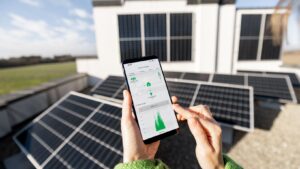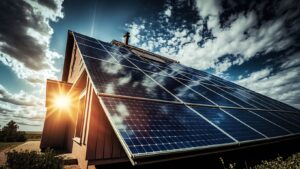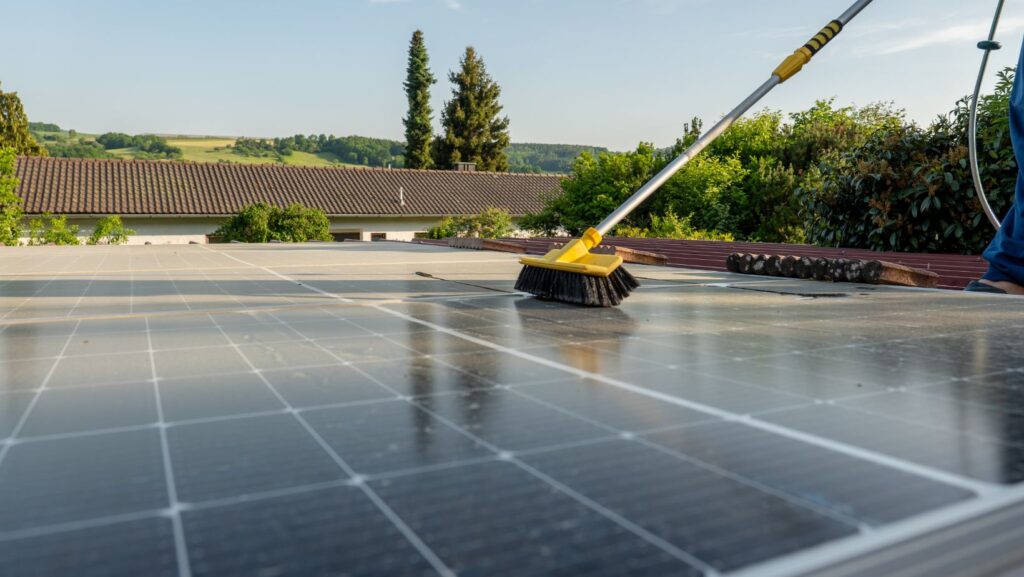As we stand on the brink of a technological revolution, energy and power technology is at the forefront, shaping our future. It’s a fascinating world where innovation meets necessity, and the results are nothing short of extraordinary.
This article delves into the intricate and dynamic realm of energy and power technology, exploring its present state, potential, and the exciting possibilities it holds. From renewable energy sources to smart grids, we’ll uncover the technological advancements that are transforming how we generate and consume power, and how they’re set to redefine our world.
Energy and Power Technology
Looking at the historical context, the field of energy and power technology has undergone transformative changes. Stemming from simple mechanical systems to the complex power grids of today, each period in history has played a paramount role in shaping the future of energy.
From Steam to Solar: A Brief History
 In discussing the evolution of energy and power technology, it’s pivotal to reflect on where it all began. The Industrial Revolution marked the birth of energy technology, with steam being the primary power source. Factories and trains relied heavily on steam power, making it an engine for economic activity during the 18th and 19th centuries.
In discussing the evolution of energy and power technology, it’s pivotal to reflect on where it all began. The Industrial Revolution marked the birth of energy technology, with steam being the primary power source. Factories and trains relied heavily on steam power, making it an engine for economic activity during the 18th and 19th centuries.
Fast forward to the late 19th century – the discovery of electricity fundamentally transformed society. Thomas Edison’s invention of the practical incandescent light bulb in 1879, and the subsequent development of electrical power systems, opened new doors in the history of energy.
Milestones in Energy Innovation
Reviewing significant milestones in energy innovation involves discussing influential events or inventions that revolutionized this realm. The development of the steam engine in the 18th century stands out as the first significant milestone. It opened up new avenues in industry and transportation.
The discovery of electricity in the late 19th century and the subsequent invention of the light bulb set the stage for an electrified world. This innovation marked another significant breakthrough, providing a stepping stone for countless electrical devices and appliances in our daily life.
Current State of Energy and Power Technology
Renewable Energy Sources and Their Impact
 Renewable energy sources, such as solar, wind, and hydropower, remarkably influence today’s energy landscape. Characterized by renewables’ abundant nature and minimal impact on the environment, these sources contribute significant advantages to energy systems worldwide.
Renewable energy sources, such as solar, wind, and hydropower, remarkably influence today’s energy landscape. Characterized by renewables’ abundant nature and minimal impact on the environment, these sources contribute significant advantages to energy systems worldwide.
The Role of Battery Storage in Modern Power Systems
Battery storage plays a vital part in modern power systems, enabling effective management and utilization of energy. Capacitating surplus energy storage during peak production periods, these batteries allow power redistribution when energy demand escalates or outstrips supply. Commonly used storage options, such as lithium-ion batteries, offer excellent energy density and long life spans. Tesla’s Powerwall, for example, exemplifies an innovative, high-capacity residential battery that stores solar energy for use during power outages or nightly periods.
The Future of Energy and Power Technology
The future of energy and power technology presents a panorama painted with the brushstrokes of advanced research, continuous innovation, and promising breakthroughs. A focus persists on achieving higher efficiency, minimizing ecological impact, and elevating energy security on a global scale.
The Potential of Fusion Power
In the quest for a new, super-efficient, and sustainable energy generation method, fusion power conceivably takes center stage. Fusion power, derived from the same energy-producing process that powers the sun, possesses the potential to deliver limitless, clean electricity. Unlike nuclear fission, fusion power offers substantial benefits with notably fewer concerns around radioactive waste production or fuel availability.
Smart Grids and the Internet of Energy
Next up on the frontier of energy’s future are smart grids and the Internet of Energy. As the name indicates, smart grids combine traditional energy infrastructure with digital technologies, creating a more resilient, efficient, and flexible electricity distribution system. It’s a development akin to going from rotary telephones to smartphones in the power sector.
These advanced grid systems enable a two-way flow of electricity and information. They significantly improve power outage detection and response times and facilitate the integration of renewable energy sources. Furthermore, they bear the potential to optimize energy consumption at household levels, empowering consumers with real-time usage data.

